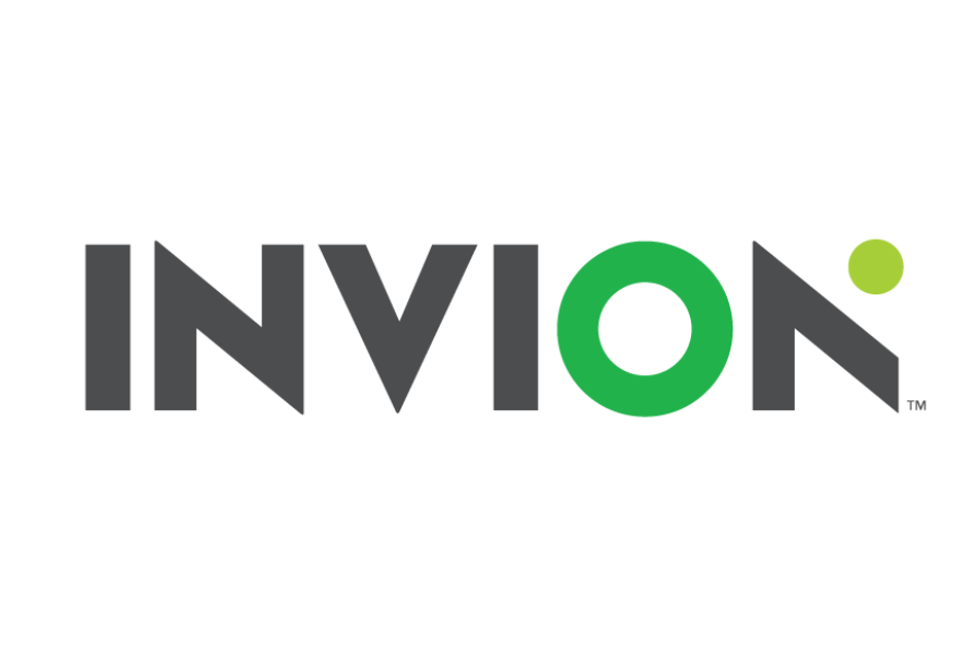
Can you define nanotechnology? Although the term has circulated since the 1980s, there are still several misconceptions about the field and what it entails.
Can you define nanotechnology? Although the term has circulated since the 1980s, there are still several misconceptions about the field and what it entails. Perhaps that’s because how we define nanotechnology has evolved over the years and there’s still no widespread agreement.
In fact, the inaugural issue of Nature Nanotechnology, published in 2006, included a feature in which numerous researchers attempted to map the subject’s parameters. One participant even predicted that the term would fall out of use within the decade!
But here we are, ten years later—and the term remains very much in play. As for the question of how to define nanotechnology? That’s still up for debate too.
A standard definition
Researchers can agree on some things: nanotechnology involves structures, devices or materials that are both manmade and very, very small. But that’s where the consensus ends.
Most experts consider ‘very, very small’ to in this case refer to materials shorter than 100 nanometers (nm) in length. For context, a single strand of human hair is 80,000 nm wide.
Some scientists, however, find such a hard and fast definition unhelpful. They argue that a strict one to 100 nm range excludes several materials, particularly pharmaceutical ones, that rightfully fall within the nanotechnology realm. These materials still have special properties that result specifically from their nanoscale—such as increased magnetism or conductivity.
In fact, that’s the key to defining nanotechnology. Matter takes on different properties at nanoscale than it does in its other forms or sizes—and that allows researchers to manipulate or engineer it in unprecedented ways.
When it comes to a working definition, the American National Nanotechnology Initiative says it best. According to their website, “Nanotechnology is the understanding and control of matter at the nanoscale, at dimensions between approximately 1 and 100 nanometers, where unique phenomena enable novel applications.”
A big impact for life science
But thinking in nanometers doesn’t necessarily mean thinking small. Despite the scale of the materials, nanotechnology can and does have a big impact—particularly when it comes to its applications in life science.
Perhaps that’s why companies like Merck (NYSE:MRK) continue to invest in nanotechnology. Emend, Merck’s anti-nausea drug for chemotherapy patients, is formulated as NanoCrystal drug particles.
Meanwhile, Pfizer (NYSE:PFE) recently bought the assets of Bind Therapeutics, a nanotech drug company. The Wall Street Journal reported that Pfizer will continue Bind Therapeutics’ work developing nanoparticle oncology drugs.
Nanotechnology has applications beyond pharmaceuticals, too. Several medical devices, including burn dressings, surgical mesh and a laparoscopic vessel fusion system all use nanotechnology. And over in the biotech space, it can even be used to engineer tissue.
Future applications
Nanotechnology has more life science applications on the horizon. Nanorobots might one day detect the presence of cancerous cells, or seek out bacteria in the bloodstream. Nanoparticles could be used in drug delivery, targeting treatments to affected cells.
It may sound like the stuff of science fiction, but nanotechnology is making such developments possible. Indeed, its applications in healthcare are a major reason why the nanotechnology market is growing. A report from Global Industry Analysts projects the global nanotech market to reach US$7.8 billion by 2020—just four short years from now.
With that timeline in mind, life science investors may consider investigating nanotechnology now. After all, such securities are usually a long term investment—and for the patient, savvy investor, the potential pay-offs could be huge.
Don’t forget to follow us @INN_LifeScience for real-time news updates.
Securities Disclosure: I, Chelsea Pratt, hold no direct investment interest in any company mentioned in this article.



